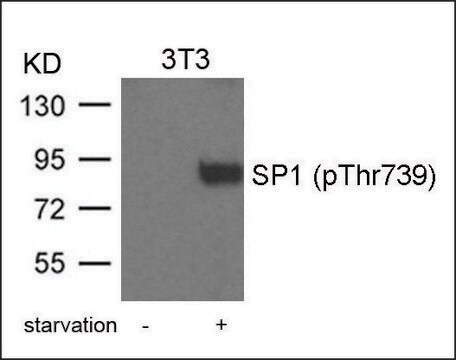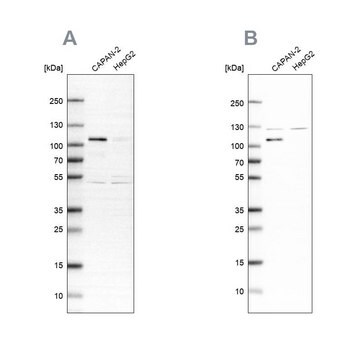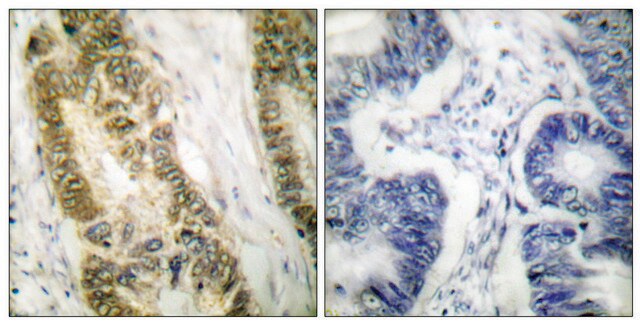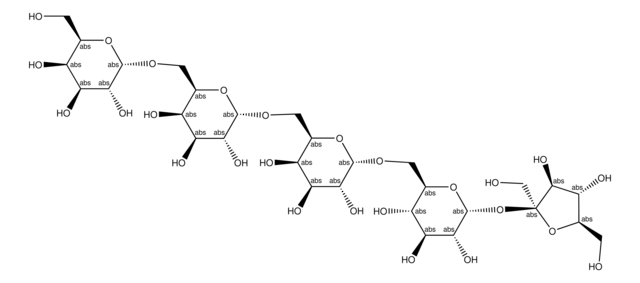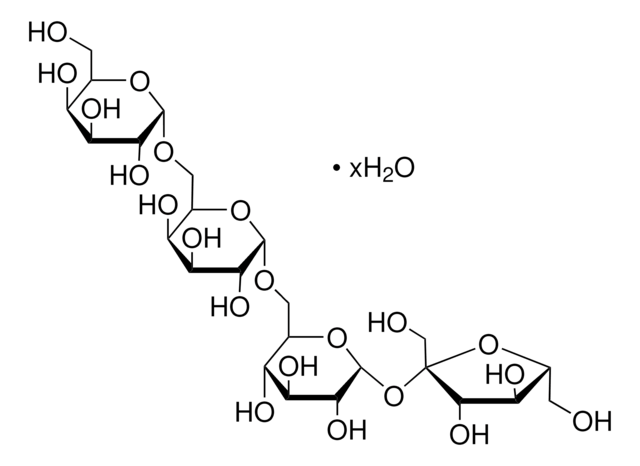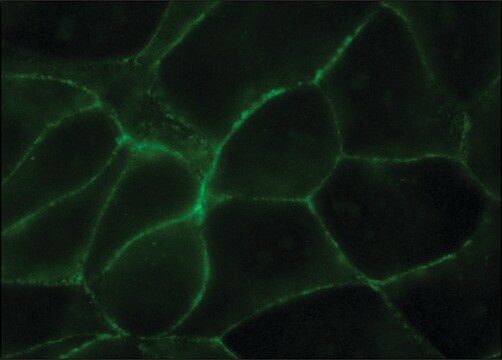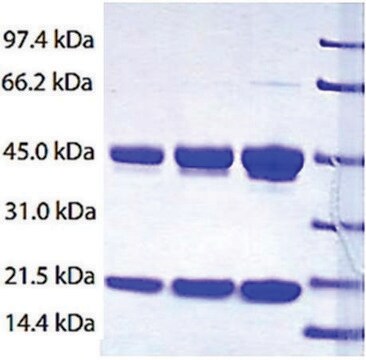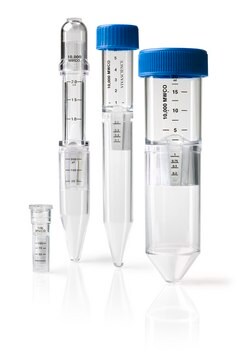Alle Fotos(1)
Wichtige Dokumente
S9809
Anti-Sp1 antibody produced in rabbit
affinity isolated antibody, buffered aqueous solution
Anmeldenzur Ansicht organisationsspezifischer und vertraglich vereinbarter Preise
Alle Fotos(1)
About This Item
Empfohlene Produkte
Biologische Quelle
rabbit
Qualitätsniveau
Konjugat
unconjugated
Antikörperform
affinity isolated antibody
Antikörper-Produkttyp
primary antibodies
Klon
polyclonal
Form
buffered aqueous solution
Mol-Gew.
antigen 95-106 kDa
Speziesreaktivität
human
Methode(n)
microarray: suitable
western blot: 1:100 using a nuclear extract from HeLa human epithelioid carcinoma cells
UniProt-Hinterlegungsnummer
Versandbedingung
dry ice
Lagertemp.
−20°C
Posttranslationale Modifikation Target
unmodified
Angaben zum Gen
human ... SP1(6667)
Allgemeine Beschreibung
Sp1 (Simian virus 40 protein-1) is a ubiquitous sequence specific nuclear transcription factor that recognizes GGGGCGGGGC and related sequences (GC boxes) on numerous viral and cellular genes. The sequence specificity of DNA binding is conferred by three c-terminal Cys2His2-type zinc -fingers and its affinity is regulated by a different region. Sp1 is an abundant phosphorylated and O-glycosylated protein that is expressed in most cells in levels dependent on cell type and developmental stage. It is a member of a family comprising Sp1, Sp2, Sp3, Sp4 and at least twelve additional Sp1 like members.
Immunogen
synthetic peptide of human Sp1, amino acids 436-454 with N-terminally added lysine, conjugated to KLH.
Anwendung
Anti-Sp1 antibody produced in rabbit has been used in western blotting and immunoprecipitation.
Biochem./physiol. Wirkung
Sp1 (Simian virus 40 protein-1) has been implicated in maintenance of homeostasis and in cellular responsiveness to environmental changes. It mainly appears to be an activation transcription factor.
Physikalische Form
Solution in 0.01 M phosphate buffered saline, pH 7.4, containing 1% bovine serum albumin and 15 mM sodium azide
Haftungsausschluss
Unless otherwise stated in our catalog or other company documentation accompanying the product(s), our products are intended for research use only and are not to be used for any other purpose, which includes but is not limited to, unauthorized commercial uses, in vitro diagnostic uses, ex vivo or in vivo therapeutic uses or any type of consumption or application to humans or animals.
Sie haben nicht das passende Produkt gefunden?
Probieren Sie unser Produkt-Auswahlhilfe. aus.
Hier finden Sie alle aktuellen Versionen:
Besitzen Sie dieses Produkt bereits?
In der Dokumentenbibliothek finden Sie die Dokumentation zu den Produkten, die Sie kürzlich erworben haben.
Context-dependent dysregulation of transcription by mutant huntingtin
Cornett J, et al.
The Journal of Biological Chemistry, 281(47), 36198-36204 (2006)
Role of zinc finger structure in nuclear localization of transcription factor Sp1
Ito T, et al.
Biochemical and biophysical research communications, 380(1), 28-32 (2009)
RIP140 expression is stimulated by estrogen-related receptor alpha during adipogenesis
Nichol D, et al.
The Journal of biological chemistry, 281(43), 32140-32147 (2006)
Donna Nichol et al.
The Journal of biological chemistry, 281(43), 32140-32147 (2006-08-23)
RIP140 is a corepressor for nuclear receptors that regulates energy expenditure in adipose tissue by suppressing the expression of clusters of metabolic genes involved in glucose and lipid metabolism. The gene encoding RIP140/Nrip1 contains only one coding exon but has
Mechanisms regulating the cadmium-mediated suppression of Sp1 transcription factor activity in alveolar epithelial cells
Watkin RD, et al.
Toxicology, 184(2-3), 157-178 (2003)
Unser Team von Wissenschaftlern verfügt über Erfahrung in allen Forschungsbereichen einschließlich Life Science, Materialwissenschaften, chemischer Synthese, Chromatographie, Analytik und vielen mehr..
Setzen Sie sich mit dem technischen Dienst in Verbindung.